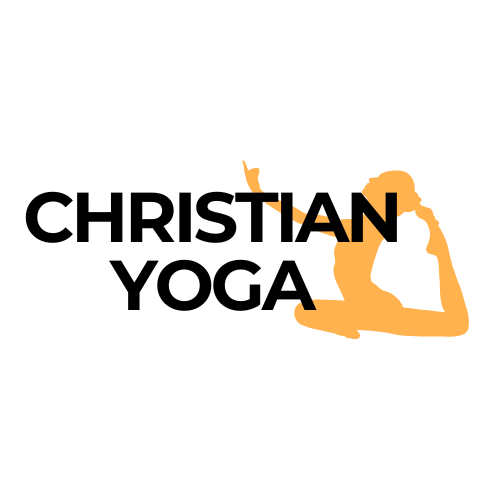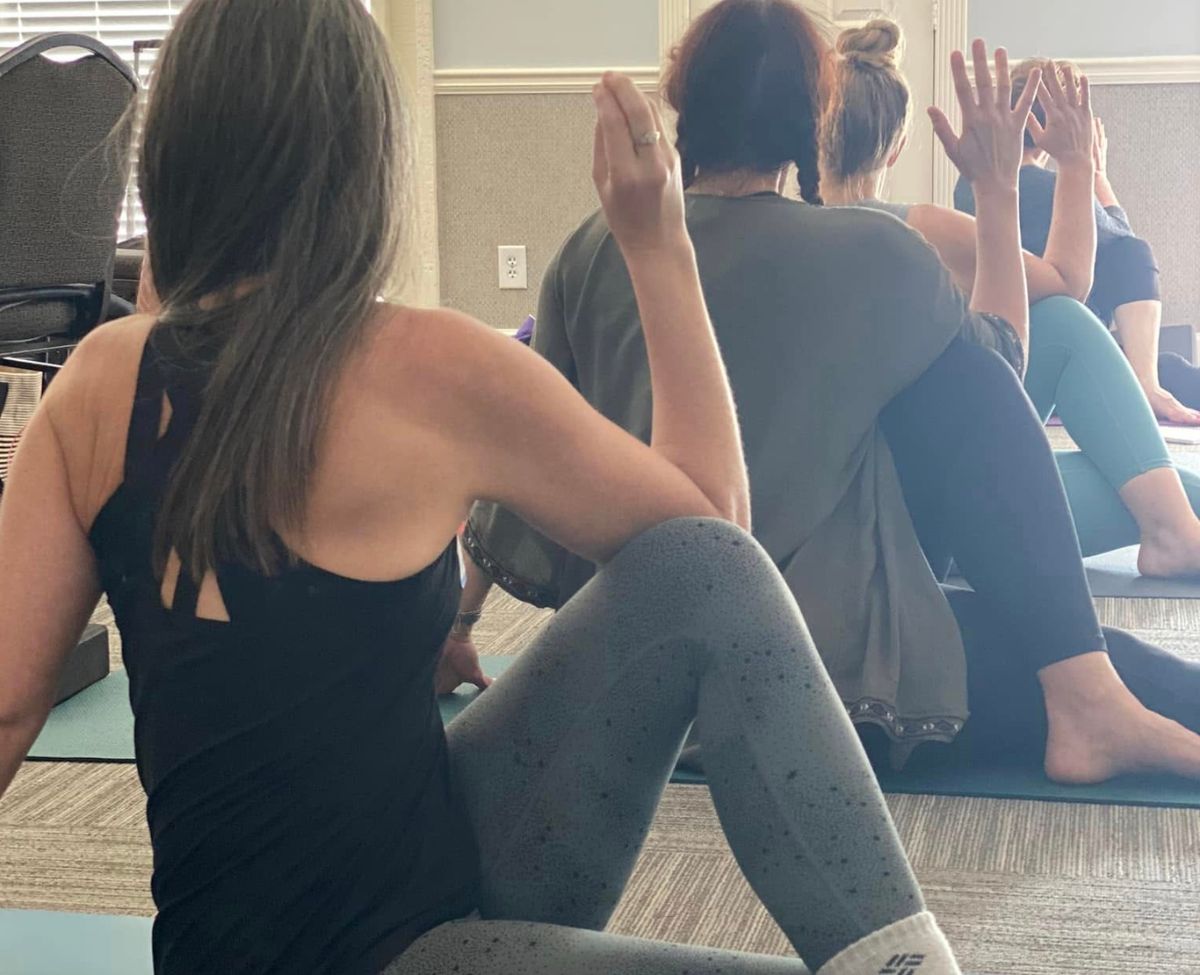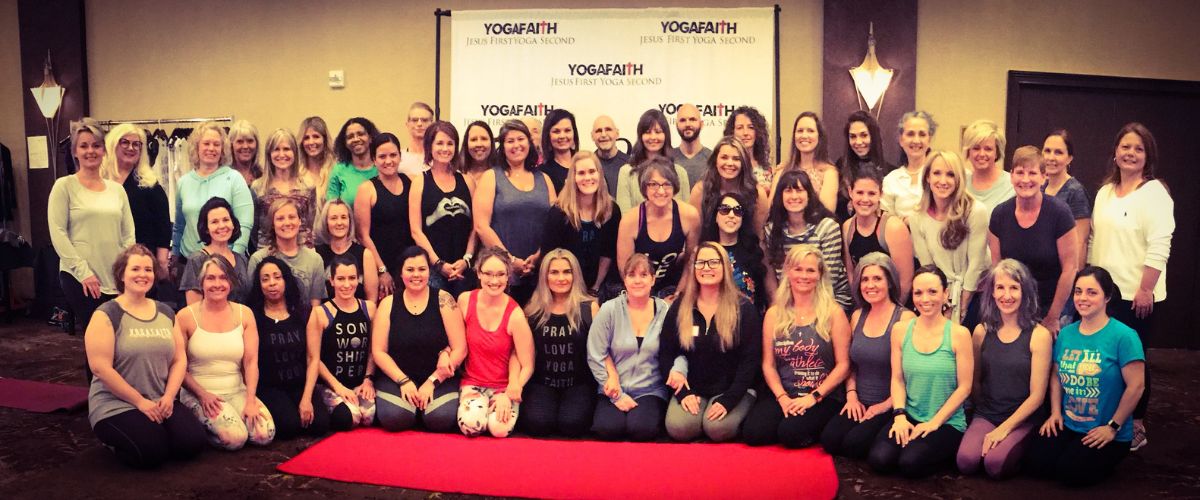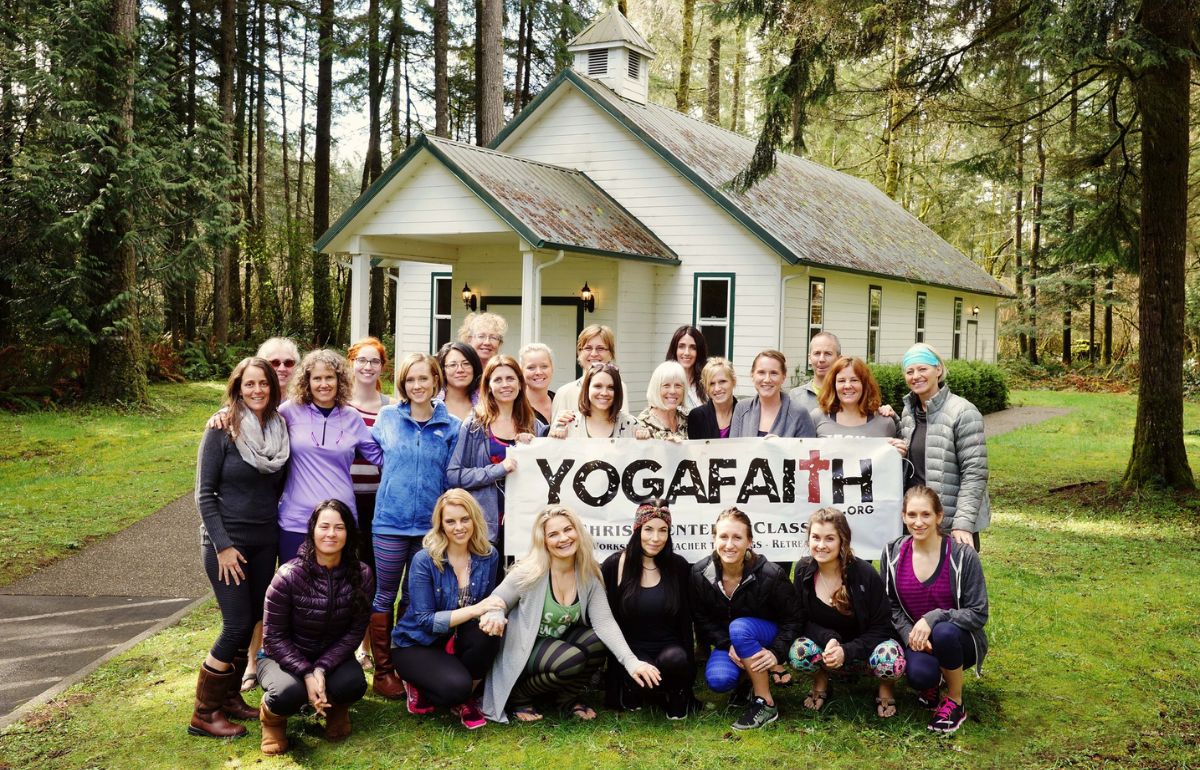Stress is a pervasive issue in modern life. It can manifest in various ways, from anxiety and irritability to physical symptoms like headaches and insomnia. Fortunately, there are many effective ways to manage stress, and yoga is one of the most popular and accessible. This ancient practice not only strengthens the body but also provides a sense of peace and relaxation. Let’s dive into how yoga helps alleviate stress and promote calmness. The Connection Between Body and Mind Yoga is often referred to as the union of the body and mind. This practice encourages the connection between physical movement and mental awareness. By combining breathing exercises, postures, and mindfulness, yoga creates an environment that fosters relaxation. When you practice yoga, the body releases tension, and the mind is trained to focus on the present moment. This mindfulness helps quiet the mind, easing away stress. By focusing on your breath and movements, you shift your attention away from worries and distractions. Over time, this mental discipline helps you feel more grounded and calmer. How Breathing Techniques Enhance Calmness One of the fundamental aspects of yoga is breath control, also known as pranayama. The way we breathe can significantly impact our stress levels. Shallow breathing is often associated with anxiety and tension, while deep, controlled breathing can induce relaxation. Yoga teaches various breathing techniques that help regulate the nervous system, promoting calmness. Some common techniques include: Ujjayi Breathing Often called “victorious breath,” this technique involves breathing deeply through the nose, creating a soft sound in the throat. It’s great for reducing anxiety and enhancing focus. Nadi Shodhana Also known as alternate nostril breathing, this practice helps balance the nervous system and reduces stress. Sitali Breath Inhaling through the mouth and exhaling through the nose, this method cools the body and calms the mind, perfect for stressful moments. By incorporating these techniques into a regular practice, you can train your body and mind to respond to stress with more calmness. Yoga Postures that Relieve Stress Yoga is not just about stretching; it’s about releasing tension stored in the body. Many yoga postures target areas of the body where stress and anxiety often accumulate, such as the neck, shoulders, and lower back. Here are some effective poses that help relieve stress: Child’s Pose (Balasana) A resting pose that calms the nervous system and stretches the back, promoting relaxation. Cat-Cow Pose (Marjaryasana-Bitilasana) A dynamic flow between two poses that release tension in the spine, aiding in mental and physical relaxation. Forward Fold (Uttanasana) A simple yet effective pose to release tightness in the lower back and calm the mind. Legs Up the Wall (Viparita Karani) A restorative pose that helps alleviate stress by encouraging relaxation and promoting circulation. These poses, when practiced regularly, help the body relax and reduce muscle tension. Over time, this leads to a more peaceful state of mind. The Mindfulness Factor in Yoga Mindfulness is the practice of being fully present in the moment without judgment. It’s an essential part of yoga, as it encourages awareness of the body, breath, and thoughts. When practicing yoga, the focus is on the sensations in the body rather than external distractions. This mindfulness helps train the mind to let go of worries and negative thoughts. As you become more aware of the present moment, your stress levels naturally decrease. Over time, this mental clarity helps to manage daily challenges with greater calm and composure. Yoga for Stress Relief: A Holistic Approach Yoga is not just a physical exercise; it’s a holistic practice that addresses the body, mind, and spirit. The combination of movement, breathwork, and mindfulness helps restore balance to your life. In addition to its stress-relieving benefits, yoga also improves mental clarity, boosts mood, and promotes overall well-being. This makes yoga an ideal practice for those seeking a natural way to manage stress and cultivate inner peace. Exploring Online Yoga Teacher Certification For those interested in deepening their yoga practice and understanding how it impacts the mind and body, an online yoga teacher certification could be a valuable next step. Not only does this certification offer a deeper understanding of yoga’s physical and mental benefits, but it also provides the tools to share yoga with others. By becoming a certified yoga instructor, you gain the ability to teach students how to incorporate yoga into their lives, helping them relieve stress and find calm. This certification provides flexible learning options, allowing you to study at your own pace while gaining valuable knowledge from experienced instructors. Wrapping Up Yoga is a powerful tool for managing stress and promoting calmness. Whether you’re practicing mindfulness, engaging in breathing techniques, or doing yoga poses, the benefits are undeniable. By integrating yoga into daily life, it becomes easier to handle stress and maintain a sense of peace. For those looking to deepen their understanding of yoga and its benefits, pursuing an online yoga teacher certification could be the perfect way to advance your practice. This step allows you to explore yoga’s full potential while helping others discover its transformative effects.
How Does Yoga Help Us Feel Calm and Relieve Stress?







